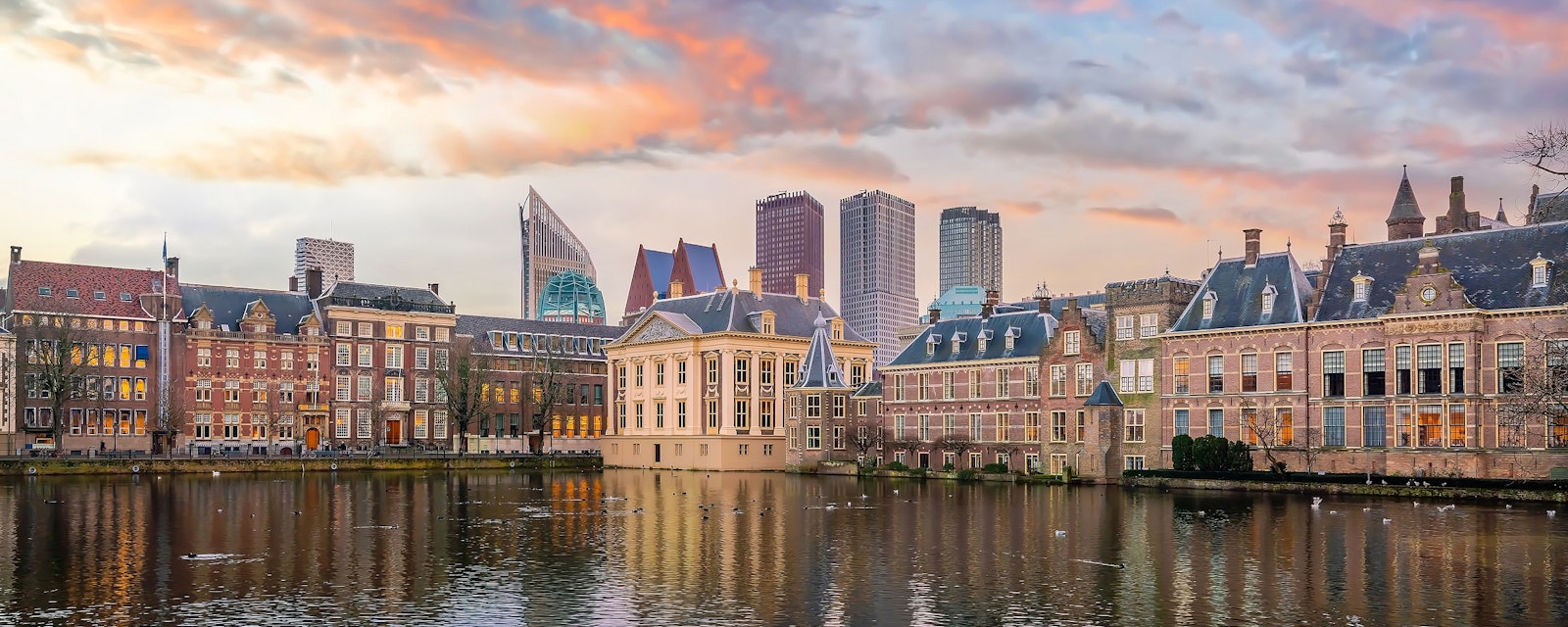With less than three weeks to go until the 22 November general elections, fragmentation remains the name of the game in Dutch politics. However, despite a complicated political landscape with up to 18 parties currently expected to be represented in the 150-seat lower house of parliament, some overall trends will structure the outlook.
The list of these factors includes yet another overall majority for the wider political right; new entrant Pieter Omtzigt competing for the premiership and probably tilting the composition of the next coalition to the center; and a government that will likely remain constructive in Europe while still following the well-established Dutch line of fiscal responsibility as well as a conservative approach to migration. Still, uncertainties remain. Compared to the 2021 elections, an unprecedented 51% of voters indicate they will opt for a different party, mainly due to Omtzigt's participation.
Latest polling shows the center-right Liberals (VVD) of outgoing PM Mark Rutte neck and neck with Omtzigt’s newly formed New Social Contract (NSC). A well-established parliamentarian for the Christian Democrats (CDA) for two decades, Omtzigt has, nevertheless, managed to position himself as a new political voice. He has been helped by his critical stance on mishaps of a government of which his CDA were members at the time, Rutte’s subsequent attempts to demote him from his parliamentary frontbench role, and the CDA denying him the widely expected selection as party leader. With his new party, he may now have good chances to beat the VVD’s Minister of Justice and Safety Dilan Yesilgoz-Zegerius and become the next PM.
Omtzigt has publicly rejected any cooperation with Geert Wilders’ far-right PVV and the “Nexit” propagating Forum for Democracy (FvD). This lowers the previous prospect of a center-right government tolerated by some of these more rightist forces and/or the anti-green Farmer-Citizen Movement (BBB) who have also been losing ground in the polls. Instead, the likely strength of NSC moves the center of gravity to the middle. Whether with Omtzigt as PM or as kingmaker, this may open the door for cooperation with the newly combined list of the Social Democrats and the Green Left, led by former European Commission executive vice president Frans Timmermans, currently third in the polls.
However, Omtzigt’s new movement remains a (rebranded) version of Christian democracy. Taken together with the other parties of the wider political right, this overall political camp is currently expected to win around 90 out of a total of 150 seats. This overall distribution will be important to keep in mind for the policy outlook, with the 2021 election result a cautionary tale. Back then, the strong performance of individual socially liberal parties such as D66 created excitement among pro-European commentators wanting to read this as an indication that the Netherlands were about to depart from fiscal conservatism. However, these dreams were soon disappointed, D66 (as well as CDA) have collapsed in the polls, and Rutte’s centrist coalition government ended up falling over the PM’s insistence on a conservative turn in migration policy.
Amid high fragmentation, government formation remains almost even more important than the exact election result. MPs have tried to streamline the negotiation process. However, the biggest policy challenge for the continuously dominant political right will be to square the circle between two competing demands: its voters’ request for solutions to big issues such as the housing crisis, and the unbroken desire for conservative fiscal policy.




